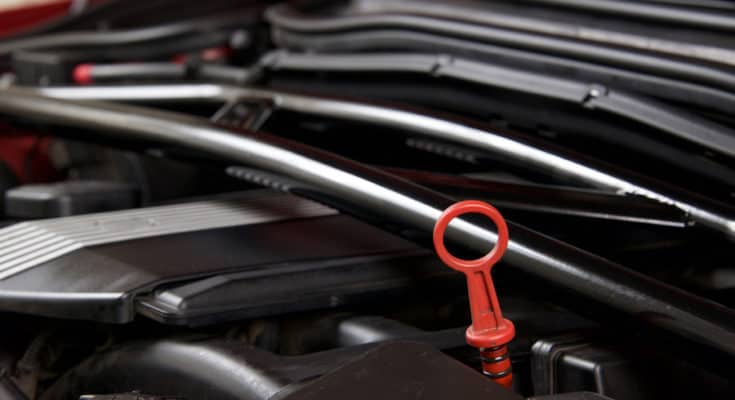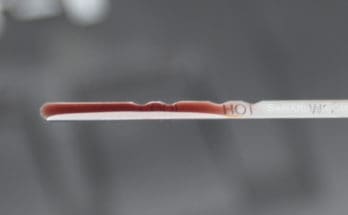Being a proactive car owner is vital if you want to experience a problem-free relationship with your vehicle for many years. Having a basic understanding of your vehicle’s parts and how to maintain proper operation of each is a great start.
One of the key elements that must be maintained is the car’s transmission fluid. Transmission fluid is the lifeblood (literally and figuratively) of your transmission. Transmission fluid allows your transmission to shift properly, and overtime breaks down if neglected.
If you want to ensure your car’s transmission performs smoothly for years to come, out guide for how to best check and maintain your transmission fluid will help you, the average DIY enthusiast to do so.
Checking Transmission Fluid Level
To ensure your transmission fluid is doing its job, you will need to know how to check it. Use the following steps to learn how to locate and how to read transmission dipstick:
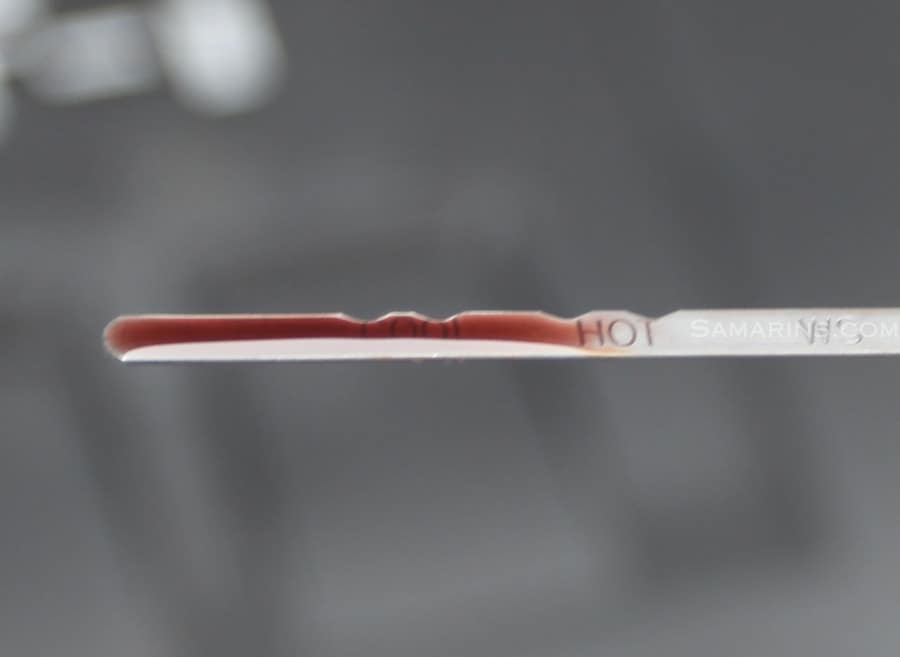
- Ensure your car is on level ground, and start your vehicle
- With your foot on the brake, put the car through each gear before returning to the park position
- Set the parking brake
- Raise the hood
- If you don’t know where is transmission dipstick, it should be labeled. If not, refer to your owner’s manual. The part will have a handle that is easy to grasp and pull.
- Have an old towel or cloth ready. Ensure it is white so you can see the fluid color
- Pull the transmission handle straight up and out
- Wipe the dipstick clean on the dirty towel, then re-insert it
- Remove the dipstick again, so that you can read the fluid level
- A good reading will sit between “Full” and “Add,” or “Hot” and “Cold.” A line that lies beneath “Add” or “Cold” may be a sign of a leak
- At this time, you should also note the color of the fluid. Refer to your white towel to see what color you’re working with
- If your fluid is an acceptable color and no additional fluid is needed, return the dipstick to its proper place
If your transmission dipstick was close to the “Add” marker, top up your fluid now. Check the level of your dipstick periodically to avoid overflow.
Once you are done, turn on your car. Allow the new fluid to coat the transmission and become warm. You can also re-check your transmission dipstick to ensure the fluid level is satisfactory now.
Transmission Fluid Checking FAQ’s
While checking transmission fluid is simple, it can actually be somewhat confusing if you are not familiar with how to go about it. We compiled a list of the most common questions regarding how to check your transmission fluid to help alleviate any confusion you might have.
Do You Check Transmission Fluid Hot Or Cold?
The proper way to check transmission fluid is with the car’s transmission at operating temperature. When the transmission fluid is warm, the level changes due to the pump flowing the fluid through the cooler lines and cooler.
So the best way to check transmission fluid is with the car warm. It’s often recommended to put the car through all the gears to allow the fluid to circulate the cooler lines and torque converter before checking. This will give you the most accurate reading.
Can You Check Transmission Fluid When Cold?
While there is a cold level on the dipstick, it may not be the most accurate depending on how your transmission fluid may settle in the pan or be within the torque converter.
Do You Check Transmission Fluid While The Car Is Running?
Yes, when checking transmission fluid the car should be on. Checking the transmission fluid this way is done because, like mentioned above, the transmission fluid level changes when the car is running compared to when it is off.
As the fluid gets pushed through the system via the transmission pump, the fluid level in the transmission drops to its “warm” level. If you look at a transmission dipstick, you’ll notice there are “cold” and “warm” or “hot” levels.
When Is It Best To Check Transmission Fluid & Level?
There is no best time to check your transmission fluid per se, but it should be part of your routine maintenance. It would be good to get into a routine of checking all your fluids every 3-5,000 miles or when ever you get an oil change.
This interval will give you an idea of how the transmission fluid looks after a certain period of time in between getting a transmission fluid and filter change or flush (consult your owner’s manual for recommended transmission fluid service and intervals).
What Color Is The Transmission Fluid Dipstick?
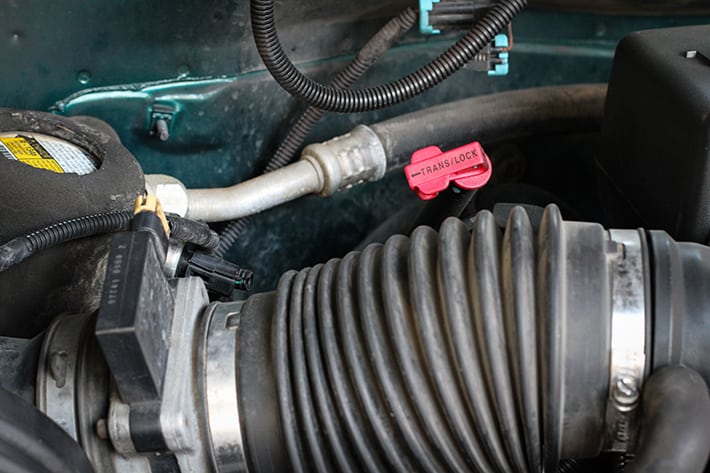
More often than not, an automatic transmission fluid dipstick will have a colored handle, typically red, yellow, or orange. Depending on your vehicle, your transmission fluid dipstick may or may not have anything letting you know what it is. If this is the case, then your oil and transmission fluid dipsticks will more than likely have different colors to differentiate them.
However, some vehicles have non-serviceable transmissions. This means you cannot check the fluid with a traditional dipstick and should consult your local mechanic in regards to transmission maintenance.
How To Check Transmission fluid Without A Dipstick?
As mentioned before, if your vehicle doesn’t have a transmission fluid dipstick, your easiest bet is to bring it to a qualified mechanic. However, if you’re comfortable getting under your car, you may be able to check your transmission fluid.
Checking a transmission’s fluid level can be done if your transmission has a fill plug. The fill plug, as the name indicates, is where new transmission will be either poured into or checked.
To check your transmission fluid via the fill plug, simply remove the plug and you will be able to check how high (or low) the fluid is.
Since this requires you to lift the car, it is always recommended that the car is level and securely on jack stands.
Note: Never rely on a jack to keep your vehicle in the air
Based on the complexity of checking a transmission without a dipstick, it is often best to let an expert handle this task.
Remember, the transmission fluid needs to be warm to be checked, so needing to get under a hot car possesses added risk.
Transmission Fluid Color
A healthy transmission fluid, for the most part, will be a bright, red color. When checking your transmission, anything from a bright red or amber to a maroon shade is acceptable.
Any brown shade is also satisfactory; however, you should check this fluid regularly. The below image shows various colors of transmission fluid based on the condition it’s in.
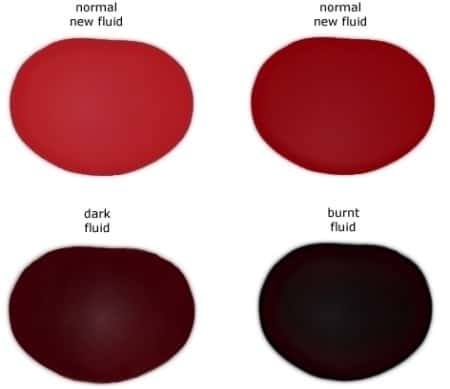
Two transmission fluid colors are cause for worry: Black and pink. Black fluid is a sign that the fluid is burnt or something is wrong in your transmission, and it needs to be tended to immediately.
In comparison, the color pink is a sign that you have water or anti-freeze in your transmission fluid. Water can quickly destroy your transmission, and anti-freeze can be highly corrosive. This kind of problem will require servicing.
Transmission fluid and coolant can mix if the transmission cooler in the radiator begins to leak allowing for coolant to get into the cooler. This can also damage your engine due to transmission fluid getting into the cooling system.
Additionally, transmission fluid that has particles in it, or that smells burnt also requires attention.
How Often To Change Transmission Fluid?
How often to replace transmission fluid will depend on the type of vehicle you have. For automatic transmission, it is suggested to replace your fluid based on usage and recommended intervals based on the owner’s manual. Typical transmissions that allow for simple changes often recommend an oil change interval of 30-45,000 miles.
Word of Caution
It is always best to make sure every driver in your home knows how to check their transmission fluid properly. In case of an emergency, always keep some fluid on-hand in each vehicle you own.
If you have an emergency situation where you begin to see or smell transmission fluid while driving, immediately pull over and get out of the car. Hot transmission fluid can become very flammable (combustible at room temp) if it starts to get all over the hot exhaust.
Conclusion
Once you’ve got the hang of checking your transmission fluid, it’s important to make it a routine of it. Doing so will allow you to keep your car running at its highest efficiency for years to come.
Since checking transmission fluid levels can be tricky the first few times, be sure to check multiple times and wipe the dipstick clean before rechecking.

